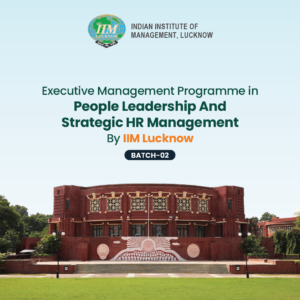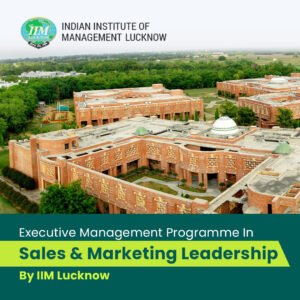Among many different approaches to Human Resource Management (HRM), Strategic Human Resource Management (SHRM) is a comprehensive approach that helps link employee relations with an organisation’s strategic objectives and goals to improve high performance. It ensures that Human Resource Management is well-integrated into strategic planning. Alternatively, People Leadership is one of the main features of Human Resource Management (HRM), which plays a vital role in managing the culture, motivation and productivity of the organisation. Leadership can make an impact on the success of HRM strategies and an organisation’s overall performance. So, this blog helps you understand People Leadership and the importance of Strategic Human Resource Management.
What is People Leadership?
People Leadership in HRM is a process of creating a motivated, engaged and high-performing workforce. The ability of people leadership is to escort work relationships in different cultures and environments to create motivated, effective and cooperative teams to work together for the growth of an organisation. A successful HR leader must know how to plan for the company’s growth in the future. Thus, it’s essential for you to have the skills and abilities of People Leadership to be a successful HR leader.
What is Strategic Human Resource Management?
Often referred to as ‘People Strategy’, Strategic Human Resource Management (SHRM) assists an organisation to maximise the potential of its employees. It helps create a connection between an organisation’s workforce and its strategies, goals and objectives. SHRM includes developing and executing strategies for hiring, inspiring and managing people for the organisation’s overall success. Over and above, Strategic Human Resource Management focuses on different aspects of HR operations. They are:
- Ensuring policies and practices that give a modest benefit to the organisation
- Ensuring high-performance business
- Develop plans to improve efficiency, decrease costs and increase profits
- Enhancing employee satisfaction

Importance of Strategic Human Resource Management
Strategic Human Resource Management (SHRM) is of utmost importance as it helps in achieving an organisation’s goals. Additionally, SHRM aids in improving productivity and creating a positive environment within the organisation. There are various benefits of Strategic Human Resource Management; some of them are listed below:
- Increased Job Satisfaction: Strategic Human Resource Management plays a crucial role in job satisfaction. Job satisfaction refers to the positive emotion that an employee experiences at work. When employees are satisfied with their jobs at the workplace, they tend to perform better in their work.
- Efficient Resource Management: The HR department helps to create a more nuanced and efficient planning process to achieve an organisation’s goals. Efficient resource management is a process that helps planning, scheduling and allocating resources in a way that maximises efficiency, making it possible to save time and improve results.
- Improved Productivity: Strategic Human Resource Management helps an organisation to improve productivity by boosting employee performance and creating a positive environment at the workplace.
- Improved Work Culture: Work culture always impacts a workplace or employees that should be managed, with procedures, worksite facilities and organisational principles. SHRM helps an organisation to improve work culture by managing employee relations.
- Forecast Future Needs: This helps you determine what skills an organisation will need in the future and how many employees with these skills you will require, ensuring the organisation’s success and growth in the future.
Conclusion
We hope that you understand the importance of Strategic Human Resource Management. This blog has highlighted how People Leadership and Strategic Human Resource Management are effective for an organisation’s growth as it helps the organisation to remain successful for the long term.
To become a successful HR Manager in People Leadership and Strategic Human Resource Management, you must go for IIM HR courses and take an HR Certification course. The courses are designed to help you understand HR strategy and develop People Leadership skills.
So, are you ready to advance your career in the HR field? Then, check out this HR course by IIM Lucknow – Executive Management Programme in People Leadership & Strategic HR Management in collaboration with Imarticus Learning. This 11-month program is specially designed for senior HR professionals and determined business managers who want to become great HR leaders and drive strategic initiatives.














